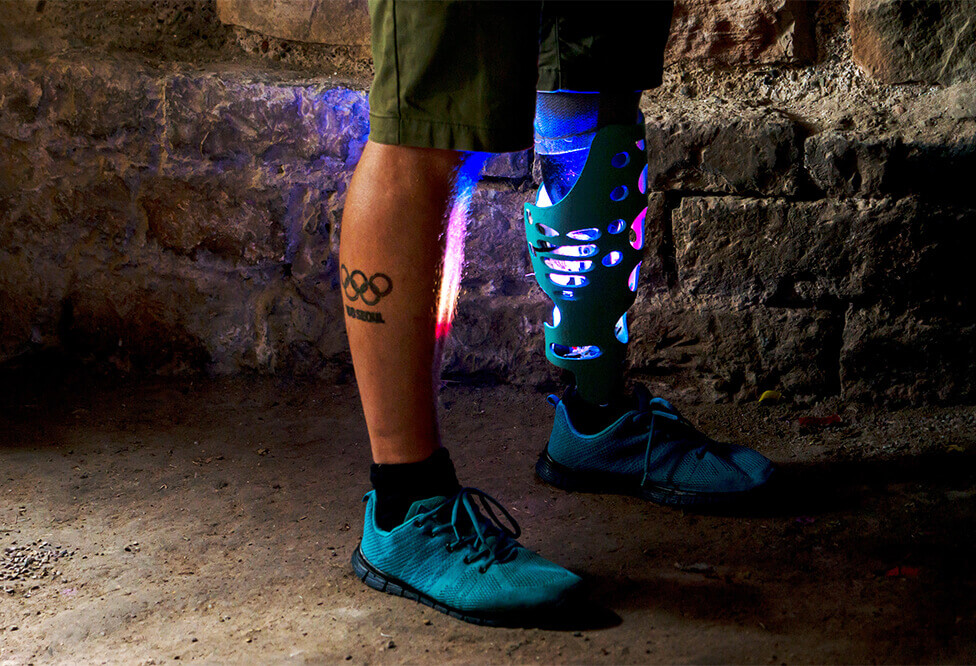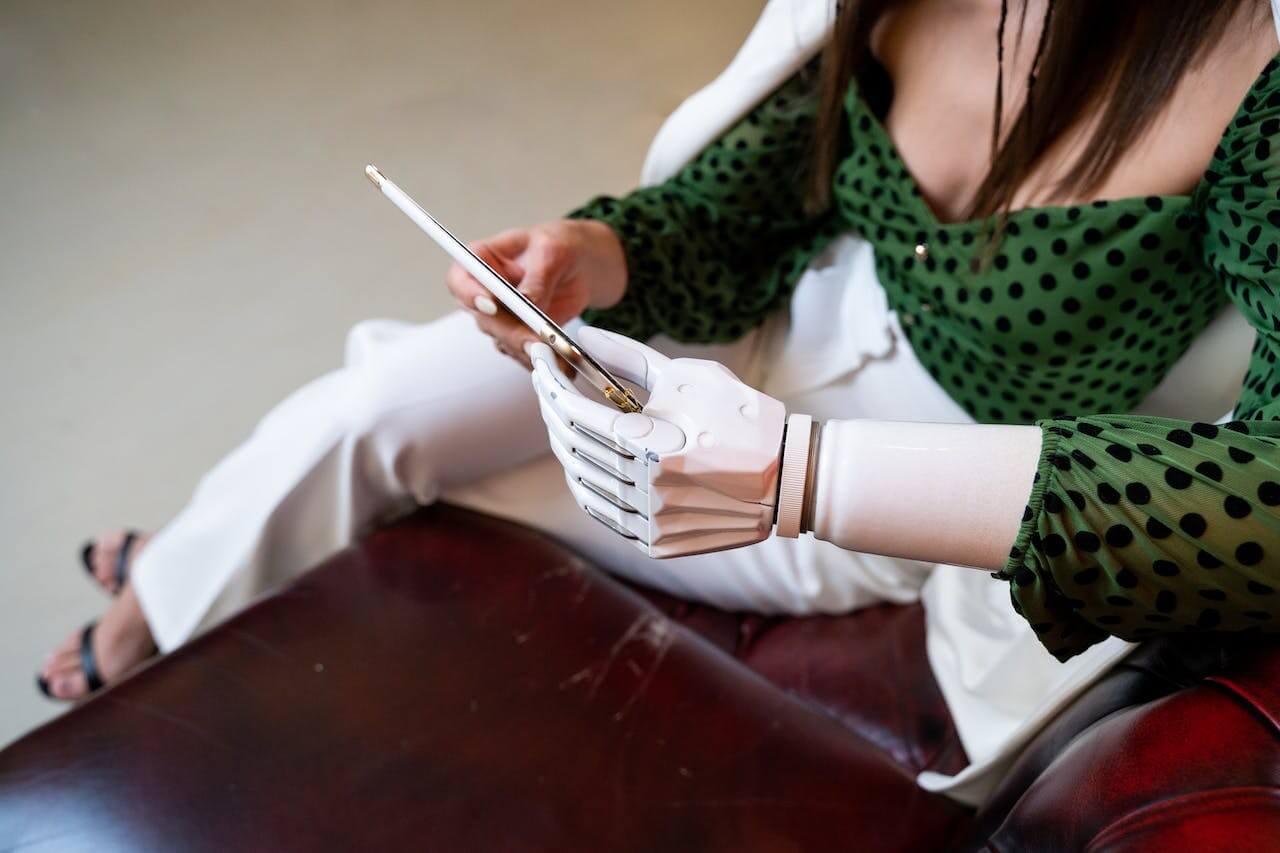In a world where fashion is a form of self-expression, the intersection of prosthetics and style is not merely a trend but a transformative movement. Beyond the nuts and bolts of functionality, prosthetics are becoming a canvas for self-expression, allowing wearers to redefine their identity and challenge societal norms. Let’s delve into the fascinating realm where technology meets couture, exploring how prosthetics are no longer just tools but extensions of personal style.
A Stylish Stride: Breaking the Mold
Traditionally, prosthetics were designed with a primary focus on functionality, often sacrificing aesthetics in the process. However, the narrative is shifting. A new wave of designers and innovators is embracing the idea that prosthetics can be both functional and stylish, challenging the conventional notion that medical devices should blend into the background. Instead, prosthetics are stepping into the spotlight, adorned with creativity and personal flair.
The Rise of Customization
One of the driving forces behind the fusion of prosthetics and fashion is the power of customization. 3D printing technology has revolutionized the manufacturing process, enabling the creation of prosthetic limbs tailored to individual preferences and needs. Users can now choose from a spectrum of colors, patterns, and materials, transforming their prosthetics into unique pieces of wearable art.

Meet Jane, a graphic designer with a passion for vibrant colors. Her prosthetic leg is not just a mechanical limb; it’s a bold statement reflecting her personality. With a few clicks, she can customize the appearance of her prosthetic, ensuring that it seamlessly integrates into her overall look, from casual Fridays to special occasions.
High-Tech Glam: Integrating Technology with Fashion
The integration of technology has further fueled the marriage of prosthetics and fashion. Smart fabrics, LED lights, and interactive elements are finding their way into prosthetic design, blurring the lines between fashion accessory and medical device. Imagine a prosthetic arm adorned with programmable LED lights that change colors based on the wearer’s mood or surroundings, turning heads on the runway and the street alike.

Fashion Designers Redefining Norms
The fashion industry is not just following this trend; it’s actively shaping it. A growing number of designers are collaborating with amputees and prosthetic users to create runway-ready looks that celebrate diversity and challenge beauty standards. From high-end fashion houses to independent designers, the runway is increasingly becoming a platform for inclusivity.
At the forefront of this movement is Grace, a fashion designer passionate about inclusivity. Her latest collection features models with various abilities confidently strutting down the runway, showcasing prosthetics as integral components of their ensemble. Grace emphasizes that fashion should be for everyone, regardless of physical abilities, and her designs are breaking down barriers in the industry.
The Psychology of Style: Empowering Personal Identity
Beyond the aesthetics, the impact of stylish prosthetics extends to the psychological well-being of users. It’s not just about looking good; it’s about feeling empowered and confident in one’s own skin—metallic or otherwise. The journey of embracing a prosthetic limb is no longer a process of assimilation but an opportunity for self-discovery and expression.
Emma, a psychologist specializing in rehabilitation, highlights the positive correlation between self-esteem and the embrace of personalized prosthetics. Through her work, she has witnessed firsthand how individuals who actively engage in customizing their prosthetics often experience a boost in self-confidence, fostering a positive mindset throughout their rehabilitation journey.
Future Trends: Where Fashion Meets Functionality
As the fusion of prosthetics and fashion continues to evolve, what can we expect in the future? Trends indicate a growing emphasis on sustainability, with designers exploring eco-friendly materials and production methods. Additionally, advancements in augmented reality may introduce virtual elements to prosthetics, allowing wearers to change the appearance of their limbs at will.
In Conclusion
Prosthetics and fashion, once unlikely bedfellows, are now dancing to the rhythm of self-expression and empowerment. The journey from mere functionality to personalized style represents a paradigm shift in how we perceive assistive devices. As we celebrate the designers, innovators, and wearers who are shaping this movement, it’s evident that the future holds limitless possibilities where prosthetics not only meet the functional needs of users but also elevate their style with a human touch—a touch that reflects individuality, resilience, and the beauty of embracing one’s uniqueness in a world that is gradually redefining what it means to be ‘fashionable.’



